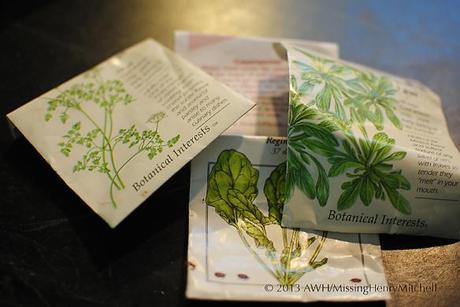It’s counterintuitive, to me, to think about planting new vegetables in August, when heat and humidity typically overpower even the most enthusiastic gardeners.
But one of the blessings of gardening in Zone 7b is that it seldom gets so cold (polar vortices notwithstanding), that we can’t work the soil. We don’t get much snow. And root crops and greens can be harvested all winter long, assuming the gardener gets them started and into the ground at the right time.

And speaking of tomatoes and beans, I still have time to get a final crop of those in, if I have a variety that matures in under 80 days. My average first frost is around October 20.
An important tip I’ve learned in recent years is that after the midway point of the season, it’s critical to add extra days to the time-to-maturity of a given crop, to allow for the increasingly shorter day lengths. The amount of time is a matter of trial and error and observation, but you might start with a week or ten days at this point and make notes from there. So, for example, if I’m looking to get a crop of tomatoes before October 20, I should count back the days-to-maturity from October 10 or 13. Fortunately, my ‘Sophie’s Choice’ tomatoes mature in 55 days, which should be plenty of time. Many varieties of bush beans and cucumbers also mature in under 80 days.
There are many online calendars that can help gardeners find what to plant when.
- If you’re not sure of your USDA hardiness zone, The Vegetable Garden’s site will help you and then point you to a calendar suited to your area. The site also has links to all US Cooperative Extension websites, where you can further narrow your search and find resources tailor-made for your area.
- Almanac.com’s planning calendar is a good general guide, but you’ll need to know your first and last average frost dates and be able to take your soil temperature.
- Extension.org gathers research and best practices from US land-grant colleges via their cooperative extension services.
- A simple internet search of “month by month” planting calendars may yield additional results, but bear in mind that they may not be appropriate to your gardening area.
For a successful harvest, use guidelines published by your local extension office. The resources are free and extension master gardeners are available to help you.

